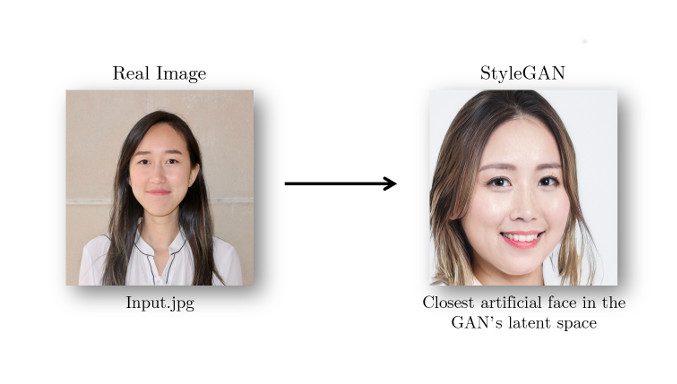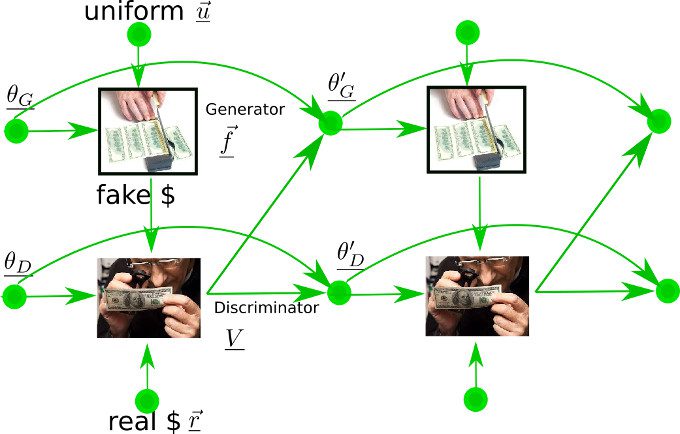 Generative Adversarial Networks (GANs) software is software for producing forgeries and imitations of data (aka synthetic data, fake data). Human beings have been making fakes, with good or evil intent, of almost everything they possibly can, since the beginning of the human race. Thus, perhaps not too surprisingly, GAN software has been widely used since it was first proposed in this amazingly recent 2014 paper. To gauge how widely GAN software has been used so far, see, for example, this 2019 article entitled “18 Impressive Applications of Generative Adversarial Networks (GANs)” Sounds (voices, music,…), Images (realistic pictures, paintings, drawings, handwriting, …), Text,etc. have been faked with this software. The forgeries can be tweaked so that they range from being very similar to the originals, to being whimsical exaggerations thereof.
Generative Adversarial Networks (GANs) software is software for producing forgeries and imitations of data (aka synthetic data, fake data). Human beings have been making fakes, with good or evil intent, of almost everything they possibly can, since the beginning of the human race. Thus, perhaps not too surprisingly, GAN software has been widely used since it was first proposed in this amazingly recent 2014 paper. To gauge how widely GAN software has been used so far, see, for example, this 2019 article entitled “18 Impressive Applications of Generative Adversarial Networks (GANs)” Sounds (voices, music,…), Images (realistic pictures, paintings, drawings, handwriting, …), Text,etc. have been faked with this software. The forgeries can be tweaked so that they range from being very similar to the originals, to being whimsical exaggerations thereof.
GAN software has been perfected since its invention to the point that it has become surprisingly, eerily good at fakery. Here Is an example of an imaginary human face
So, how is GAN software related to Bayesian Networks? In my book, entitled “Bayesuvius”, I explain, in the chapter entitled GAN, how to view GANs as B nets. The following is a picture from that chapter, portraying a GAN Bayesian Network.

That chapter only explains the original 2014 formulation of GANs. Since 2014, the original formulation of GANs, which has a reputation for being quite sensitive to initial parameters, has been changed in many ways. In 2017, some researchers wrote a paper entitled “Bayesian GANs”. Those researchers found that their Bayesian GANs are much less sensitive than all other existing formulations.
